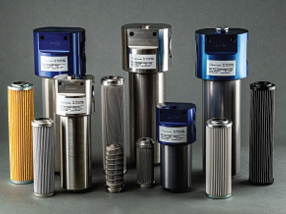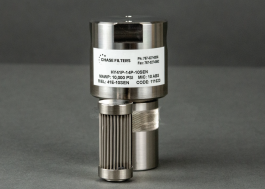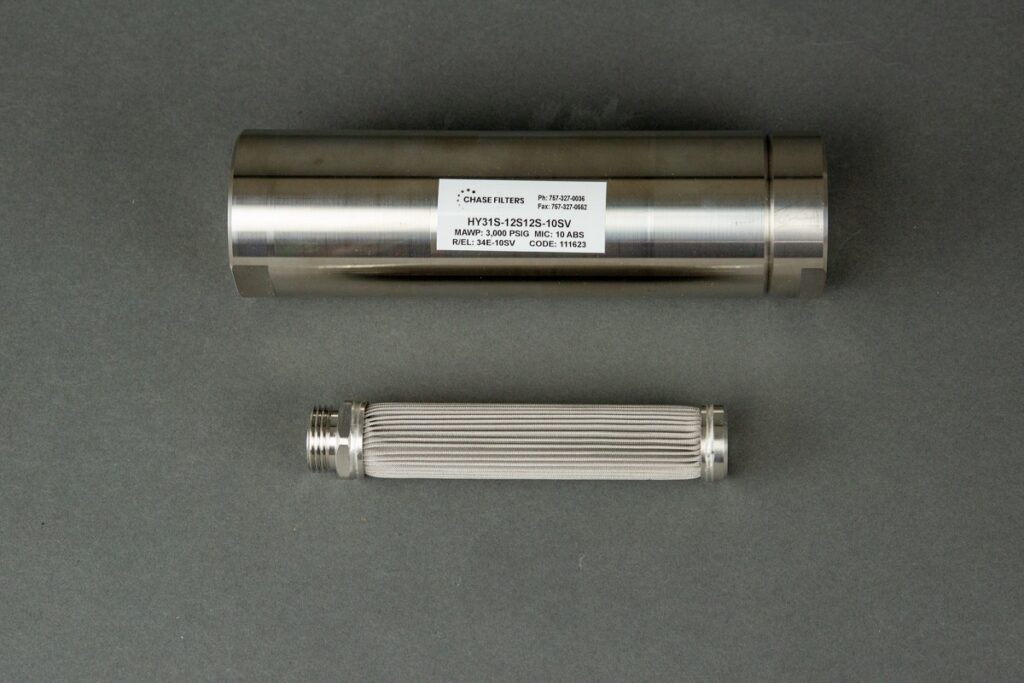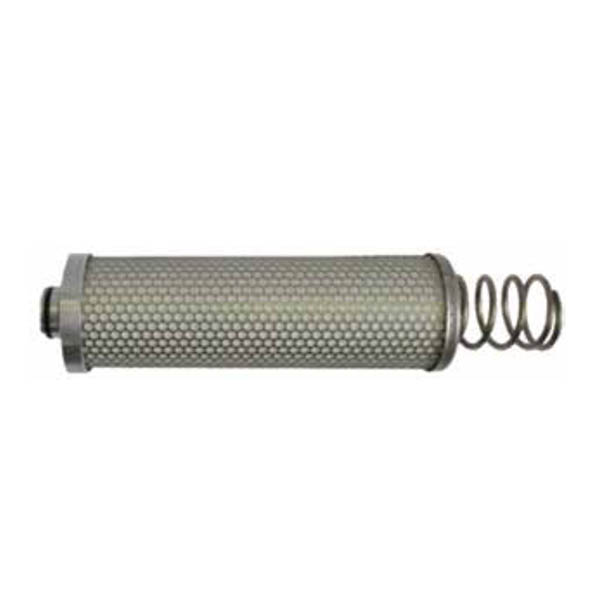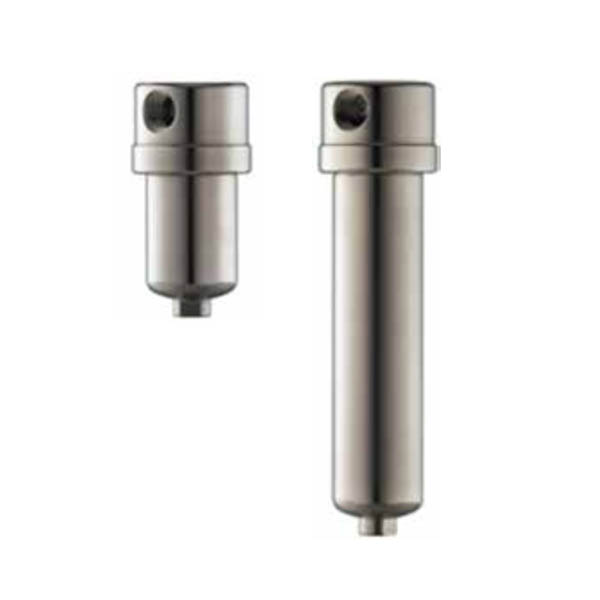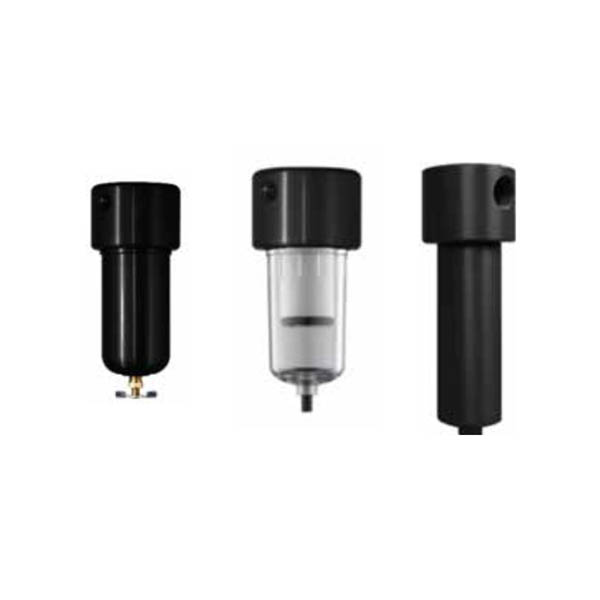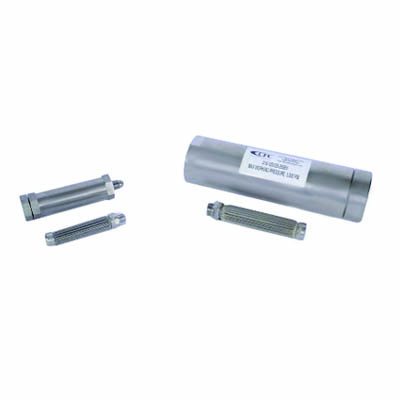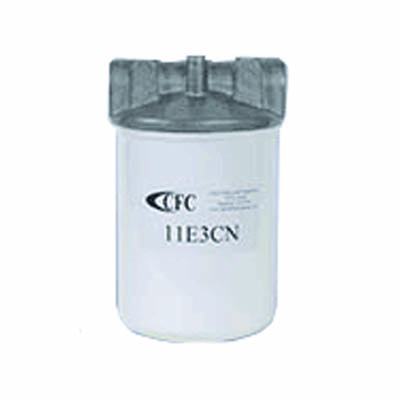Alternative Fuel Filters
Are You Looking for Alternative Fuel Filters?
Alternative Fuel Filter Manufacturer
At Chase Filters & Components, we offer a wide array of alternative fuel filters and components, making it easy for you to find the perfect filter for your application. Some of our more popular products — along with common alternative fuel filter features — include the following.
- Series 10 Filters
- Series 11 Filters
- Series 12 Filters
- Series 21 Filters
- Series 31 Filters
- Series 41 Filters
- Series 51 Filters
- Series 52 Filters
- Series 57 Filters
Benefits of Alternative Fuel Filters
- They prevent pipeline dust and sand from entering a gas plant facility.
- They make sure fuel is clean before it’s burned in an engine or heater.
- They lower the amount of foaming in a glycol or amine contactor.
- They help water disposal wells prevent reservoir plugging.
- They extend the life of pump impellers in hot oil systems.
- They significantly reduce nozzle plugging in instrument controllers.
Contact
How to Select Your Alternative Fuel Filter
When choosing the right filter for your application, follow these steps:
- Figure out your application: Determine what exactly your application requires, including what kinds of particulates will need removal.
- Pick the right type of filtration media: What kind of filtration do you need? For example, coalescing filter media removes the liquid and solid contaminants from a gas stream. To remove hydrocarbon vapors from a gas stream, you’ll want absorber media.
- Pick the right efficiency rating and filtration grade: If you’re looking for a particular efficiency or micron rating, learn about filter media grades and how they perform.
- Account for your operating conditions: What operating conditions does your application have? Important factors to think about are temperature, pressure, flow and construction materials, such as nylon, stainless steel, aluminum and more.
- Figure out filter size by using flow charts: Flow charts are provided for all high-pressure filter series, with flows listed at various operating pressures. You can find filters with pressure ratings as high as 6,000 PSIG and flows as high as 6,500 standard cubic feet per minute (SCFM).

